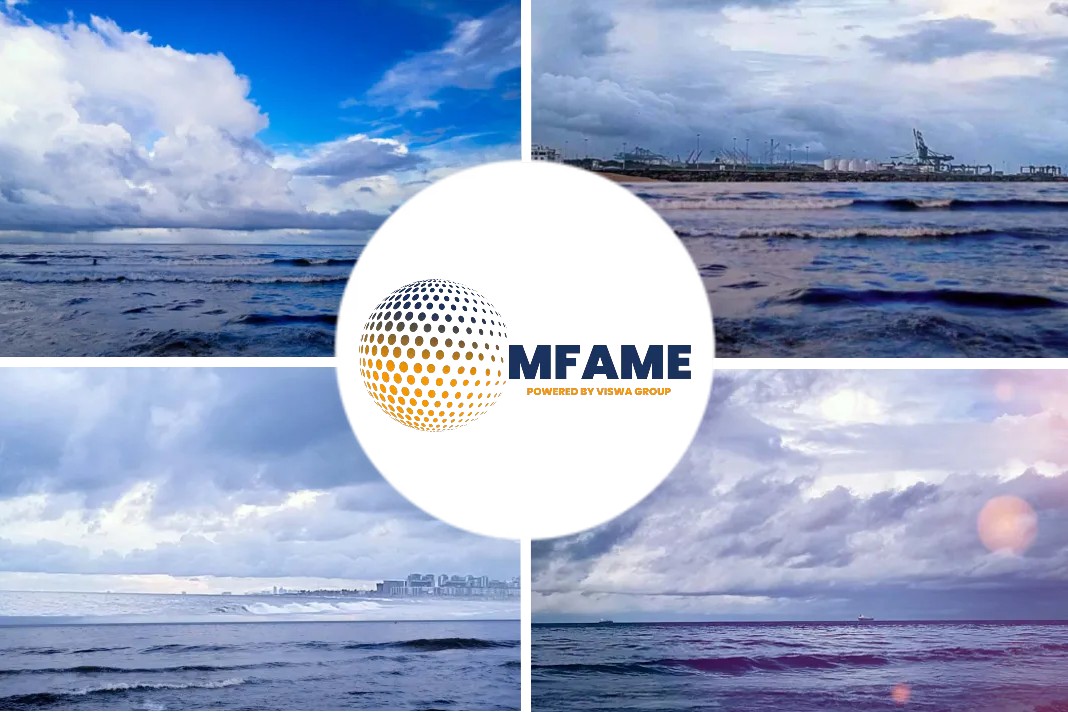- The global maritime port security market is being driven by increased threats to port operations, terminal expansions and new ports, soaring traffic, and the acceleration of digital transformation.
- The shipping industry is responsible for about 90% of global trade by volume.
- Frost & Sullivan’s recent analysis on the global maritime port security market finds that governments are prioritizing the safe and secure transportation of goods to ensure economic stability and growth.
A recent news article published in the Frost and Sullivan website states that Increased and Evolving Threats Heighten the Demand for Port Security Solutions and Enhanced Safety Technology.
What is the sector driven by?
The sector is being driven by increased threats to port operations, terminal expansions and new ports, soaring traffic, and the acceleration of digital transformation.
In addition, a rise in surveillance spending with a large number of new port developments, especially in the Asia-Pacific (APAC), Africa, and the Middle East regions, and technology upgrades in large and established ports internationally are propelling the demand for maritime port security solutions.
As a result, the industry is estimated to hit $9.10 billion by 2030 from $6.74 billion in 2020, a 3% upsurge in the compound annual growth rate (CAGR).
Among key technologies, cybersecurity is expected to generate the highest revenue—$4.08 billion, followed by screening and detection at $1.69 billion, by 2030.
Companies need to pursue groundbreaking ideas
Companies need to pursue groundbreaking ideas and develop novel cyber-resilient technologies to proactively counter the ever-evolving cyber threats. To achieve this, market participants should focus on:
- Integrated systems for effective security operations: As new technologies and applications emerge, there can be uncertainty among end users. New technologies that integrate easily, with a clear and straightforward interface that requires minimal training for security employees, will appeal to the end users.
- Managed services business model: Partnerships with governments and port operators in the nascent stages of port development projects to provide turnkey solutions and operational support services that bridge security capability gaps may prove beneficial.
- Cybersecurity of physical security systems: Vendors should combine Physical Security Information Management (PSIM) and Security Information and Event Management (SIEM) applications so physical security staff can detect secret threats, and the cybersecurity team can comprehend risks associated with the physical security system.
A Dynamic Threat Landscape Propels the Global Maritime Port Security Market is the latest addition to Frost & Sullivan’s Aerospace, Defense & Security research and analyses available through the Frost & Sullivan Leadership Council, which helps organizations identify a continuous flow of growth opportunities to succeed in an unpredictable future.
Did you subscribe to our daily newsletter?
It’s Free! Click here to Subscribe!
Source: Frost & Sullivan
















